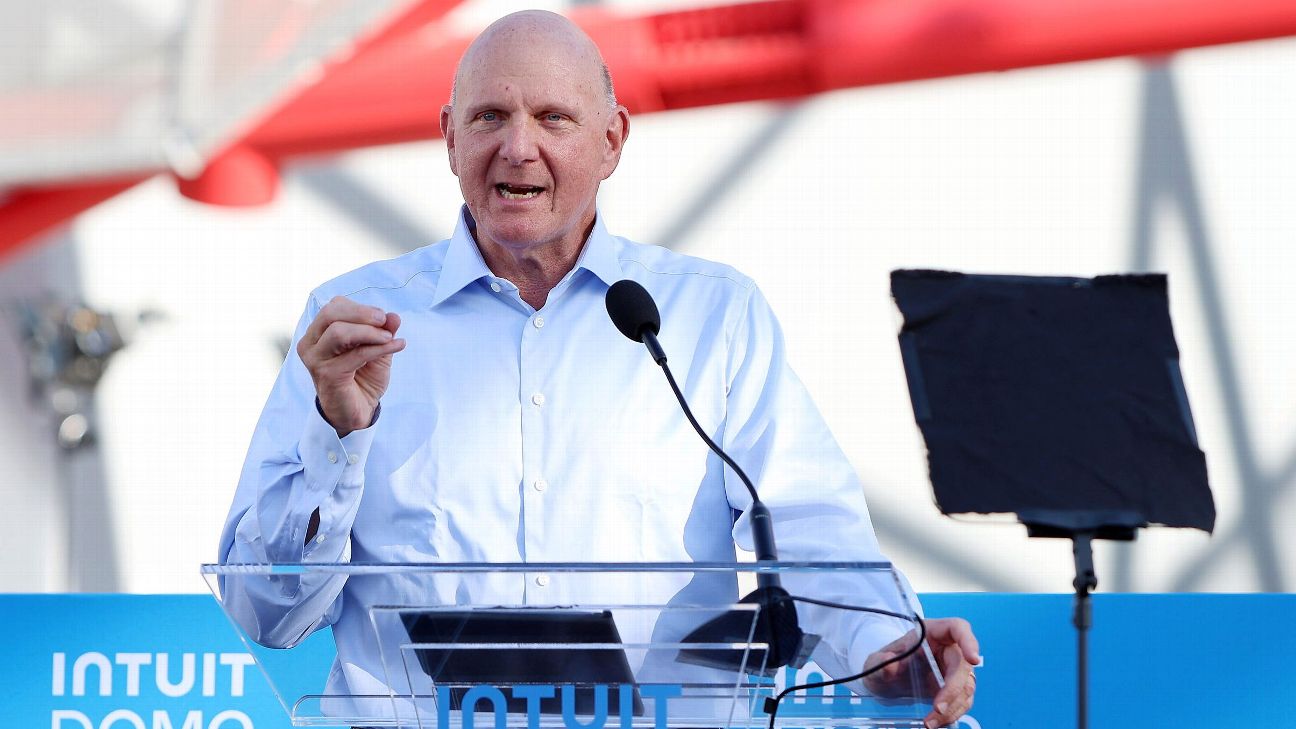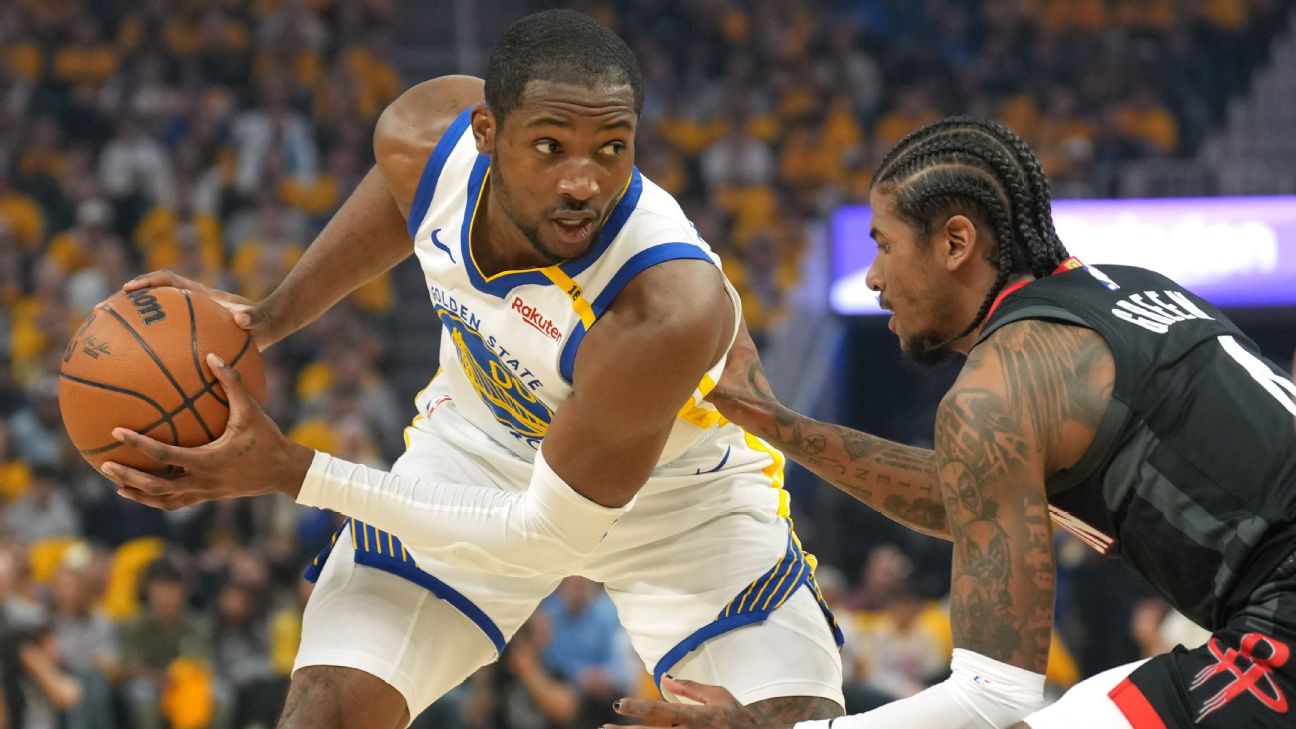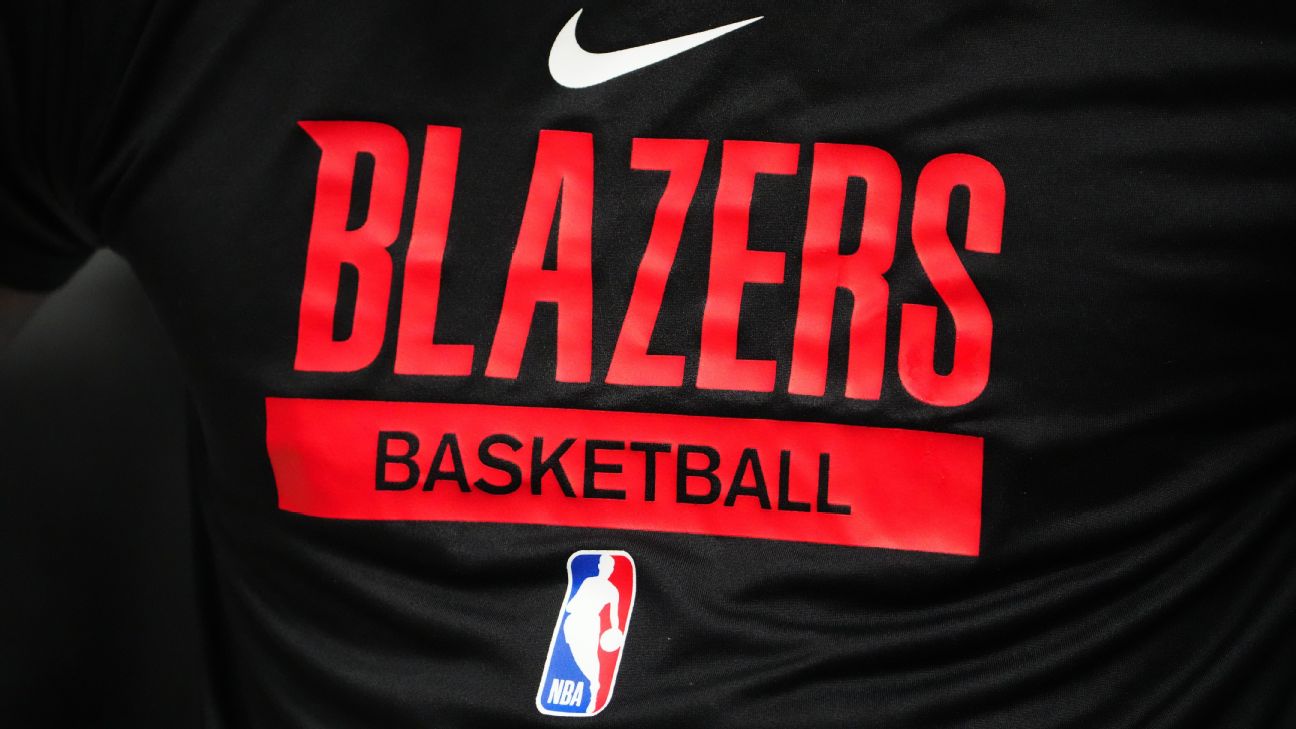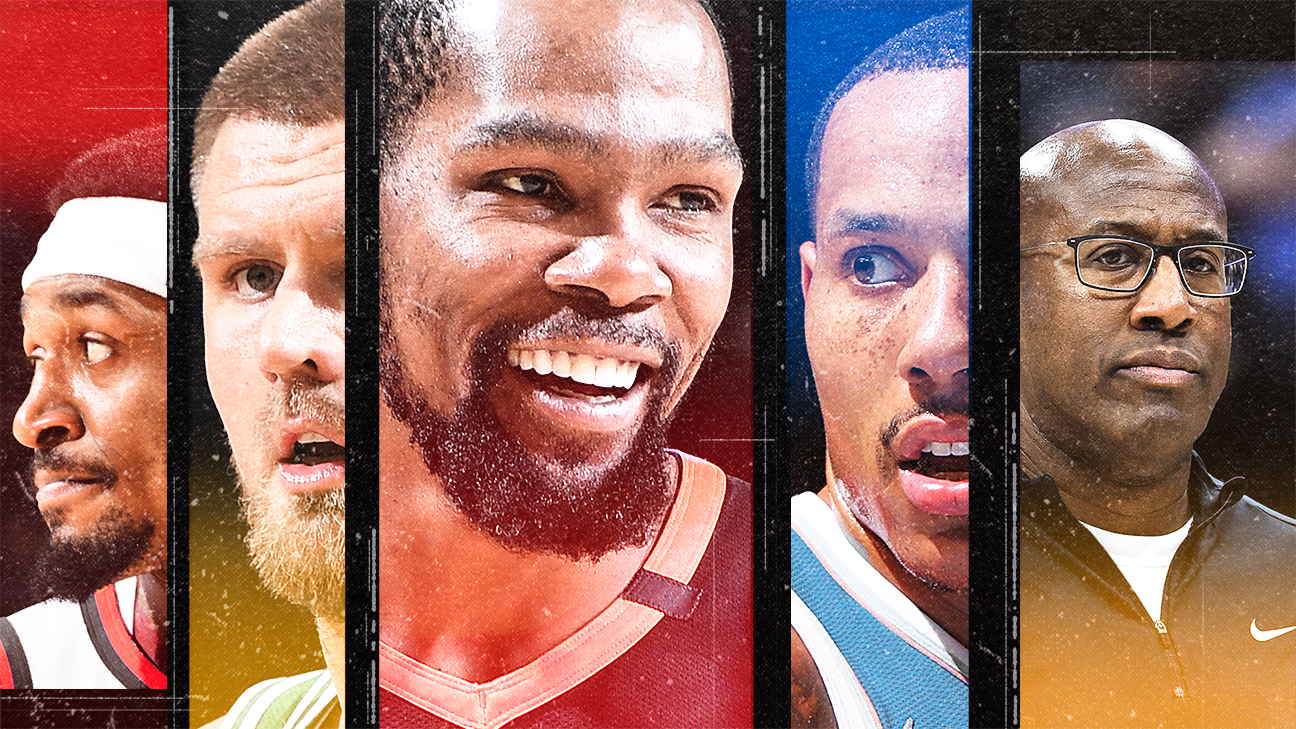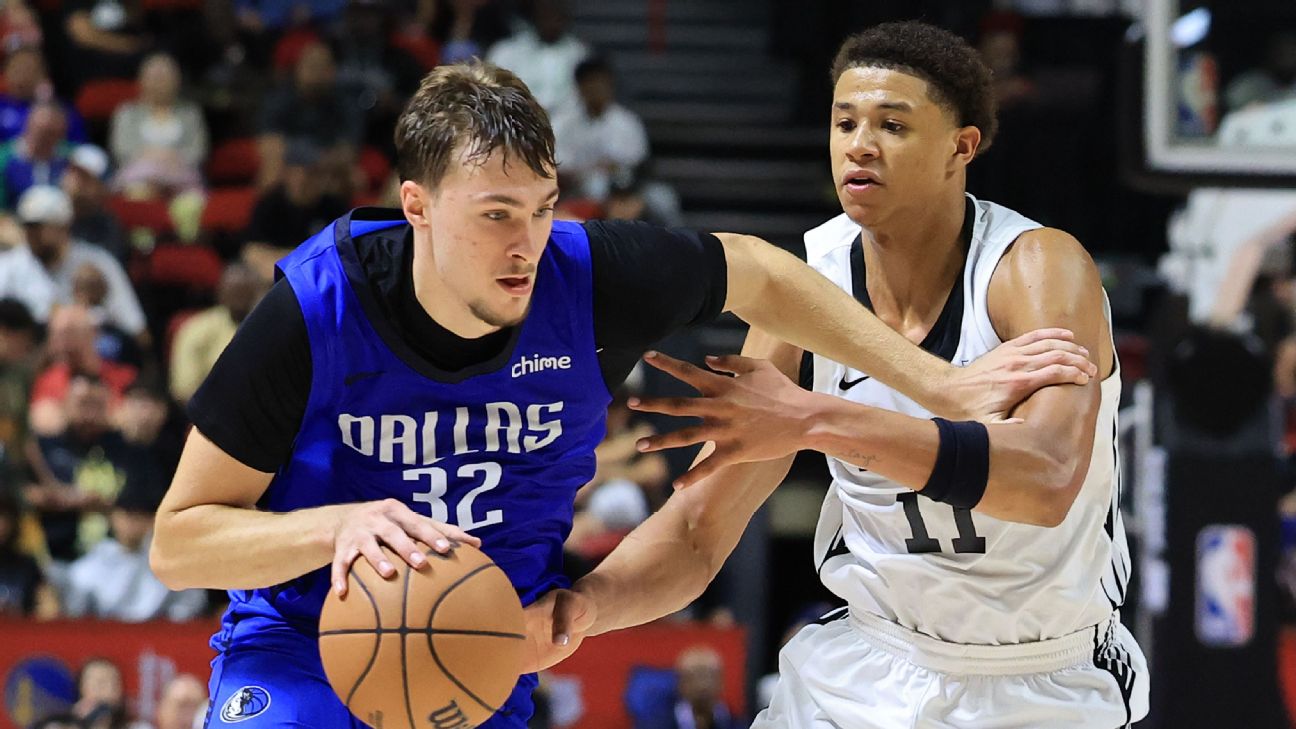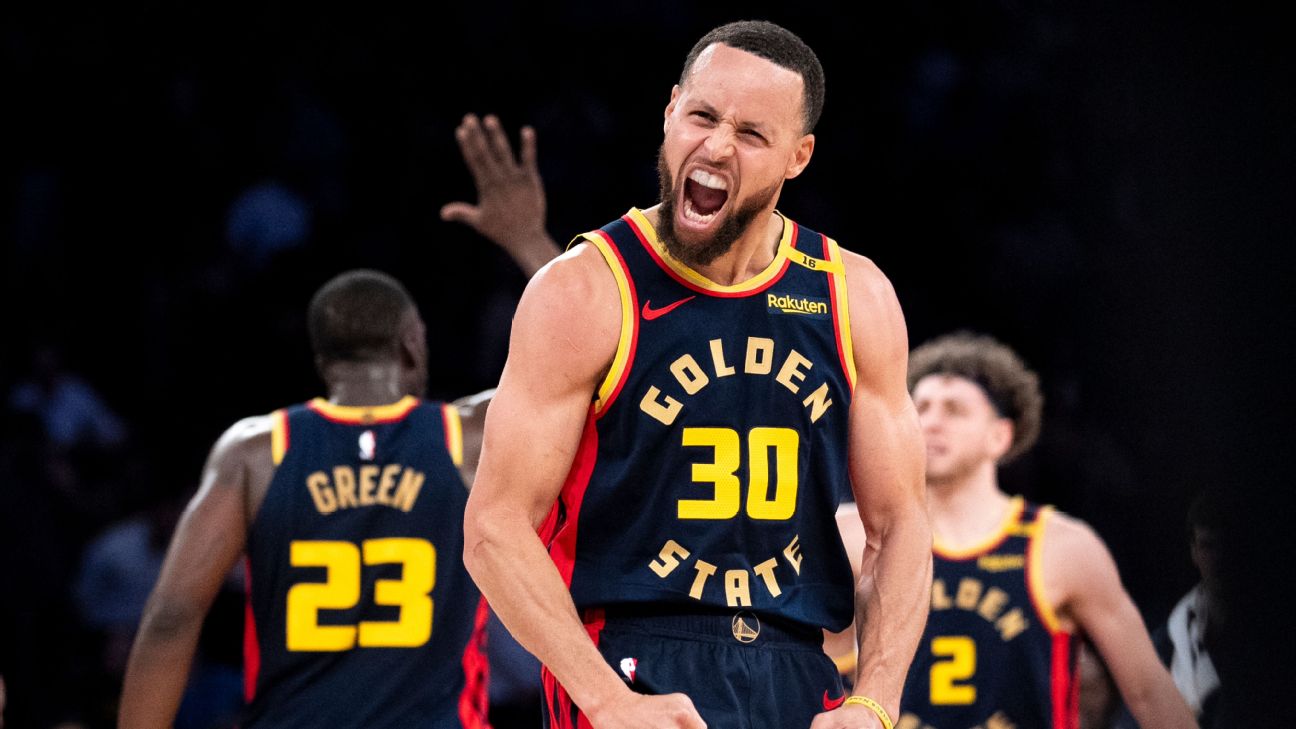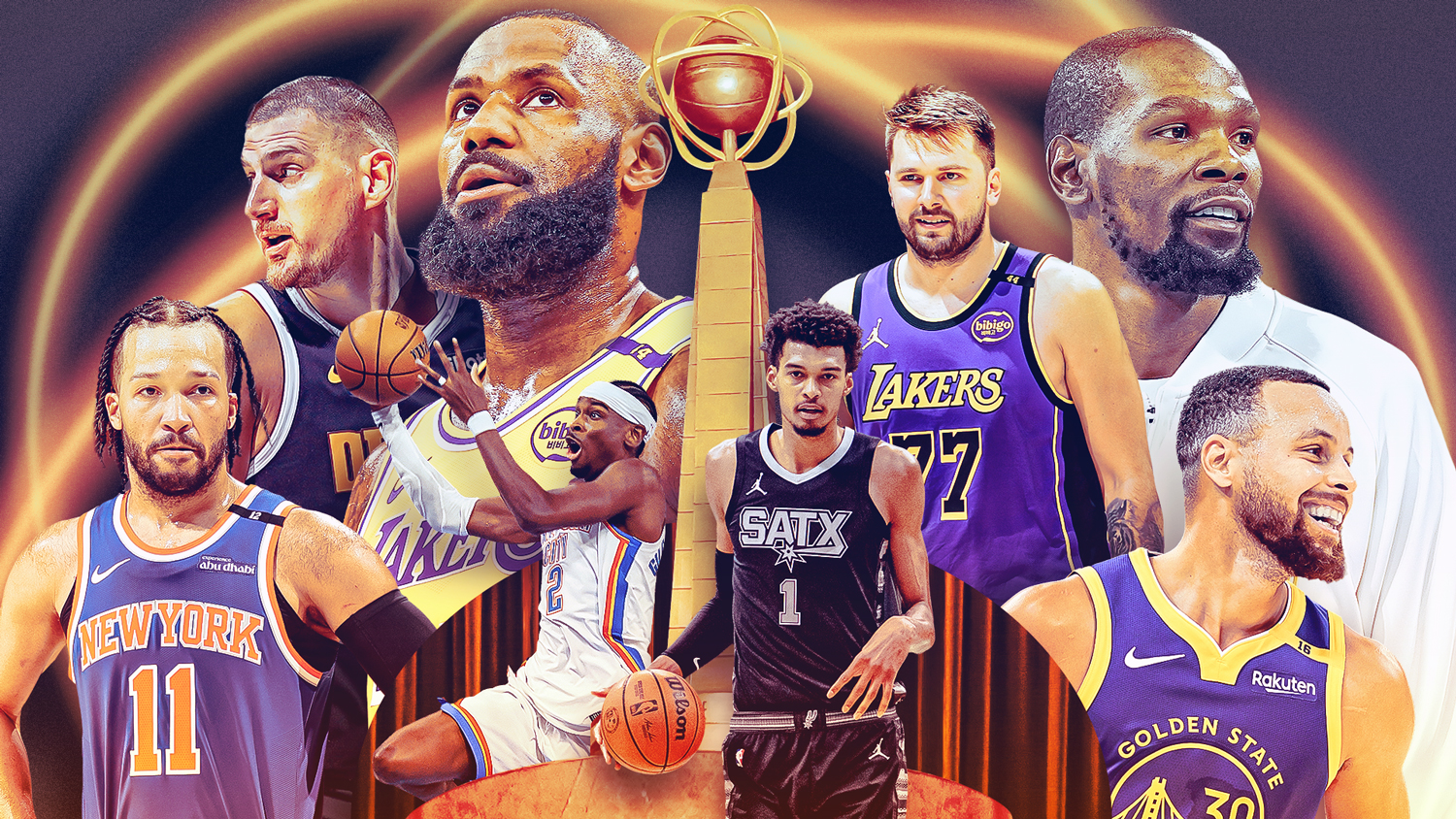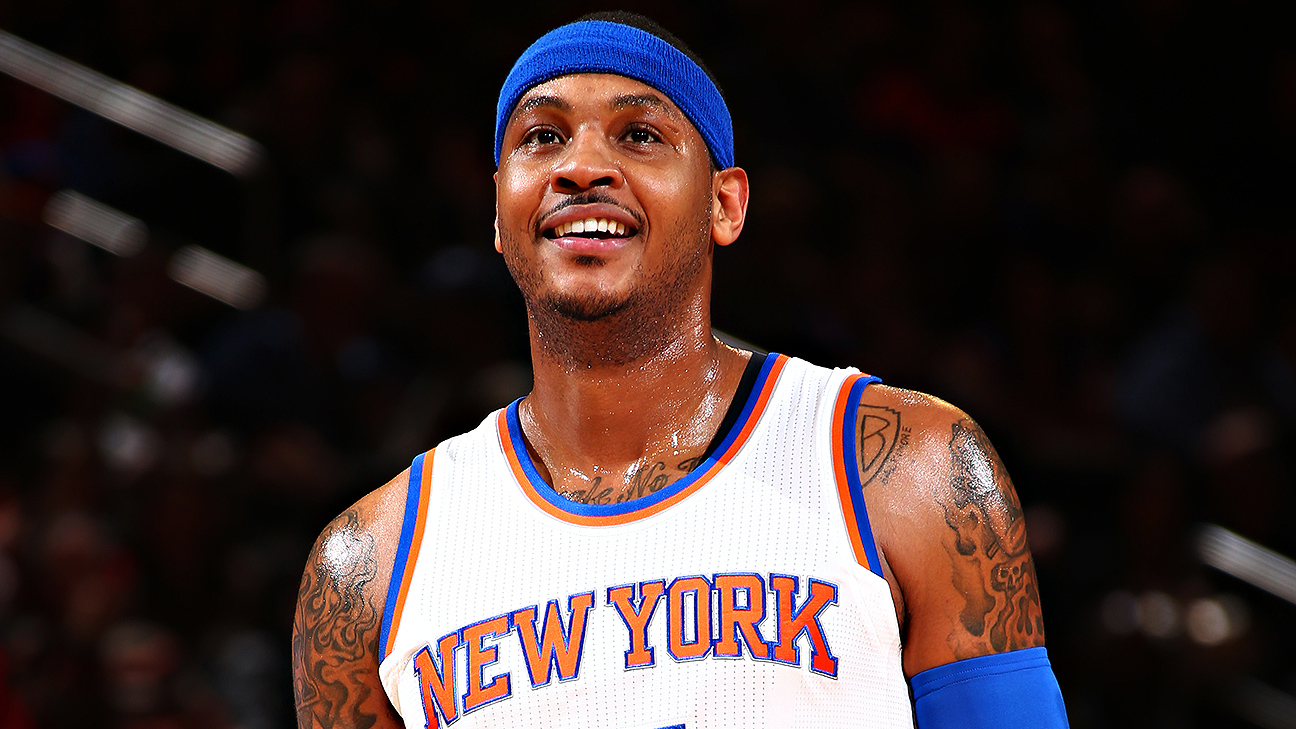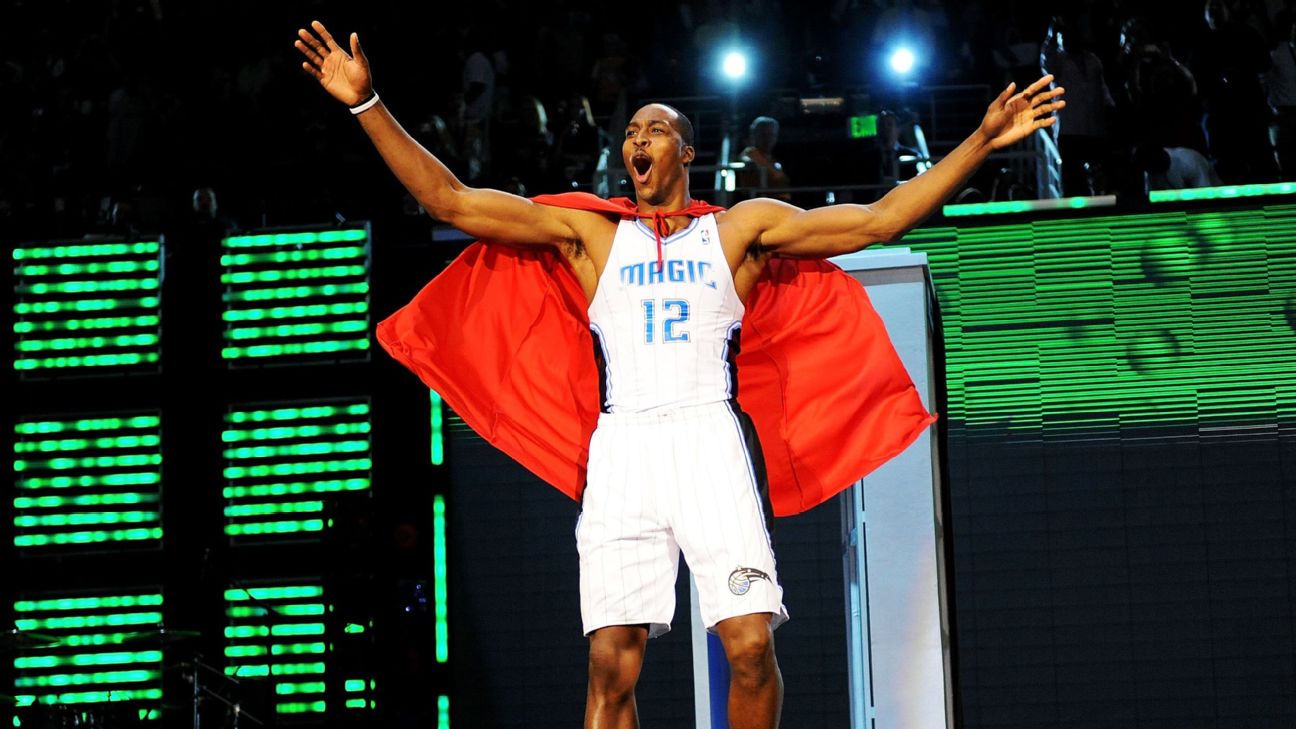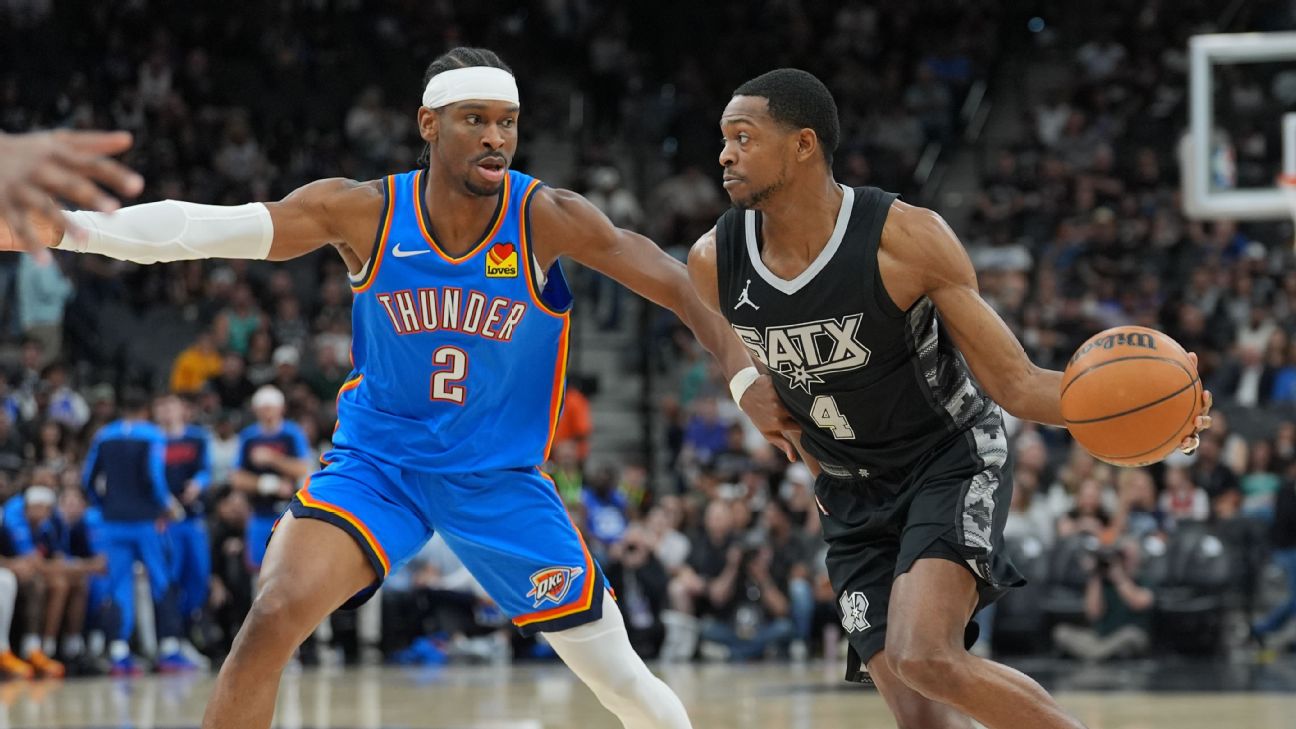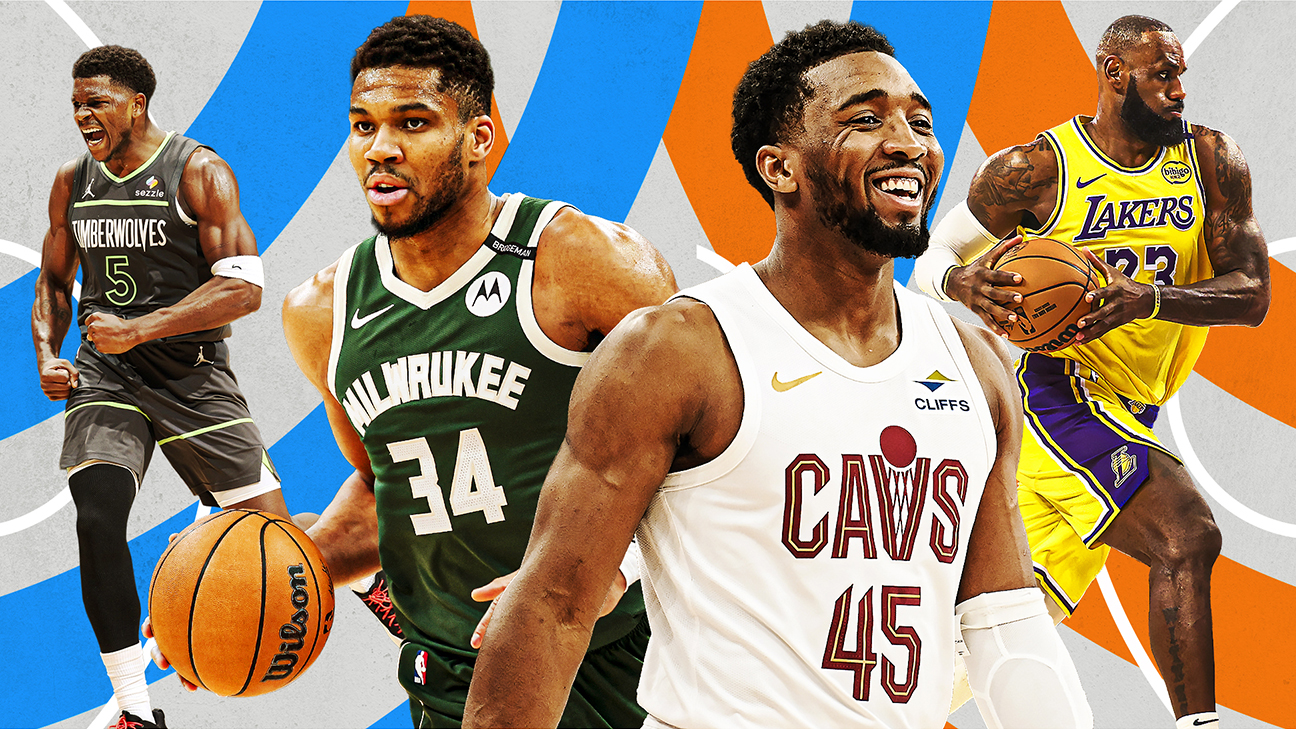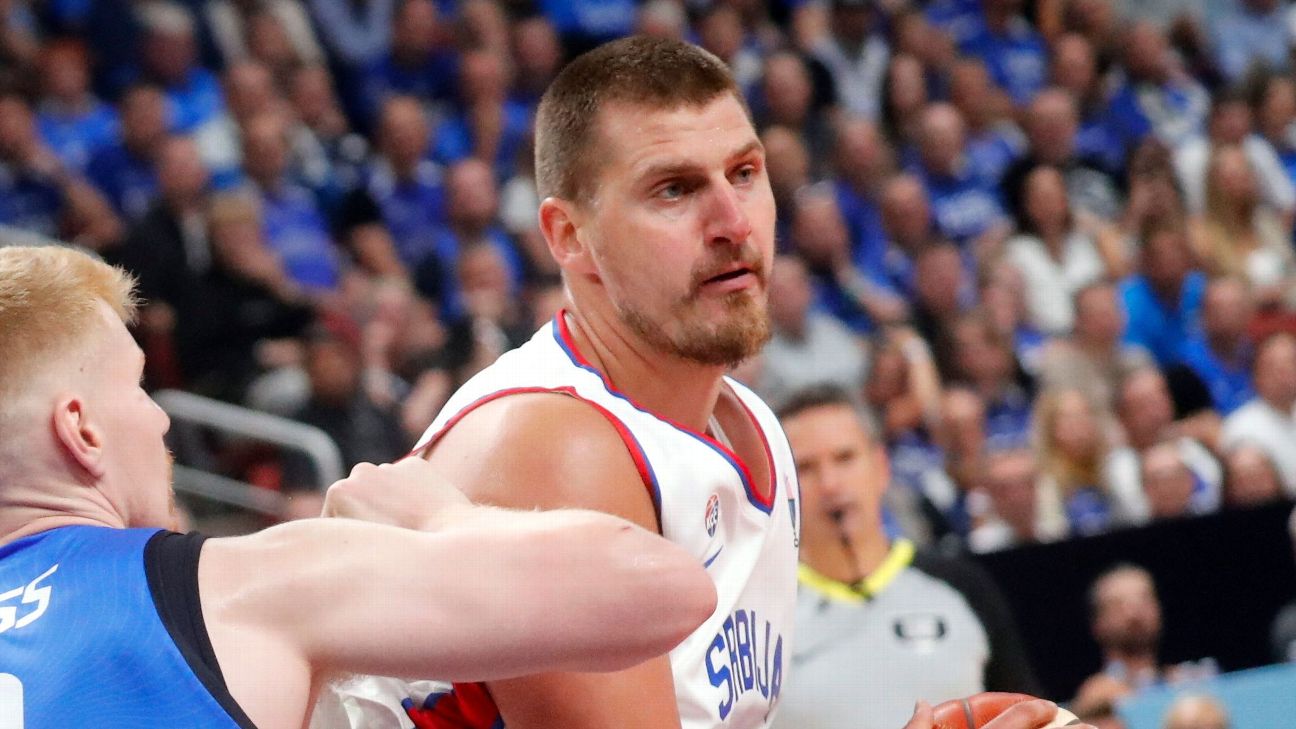NBA Team Building Masterclass: 8 Winning Strategies from Wolves, Thunder & Knicks
Analyzing 8 crucial roster-building lessons from recent NBA transactions featuring Wolves, Thunder, and Knicks - essential reading for contenders.
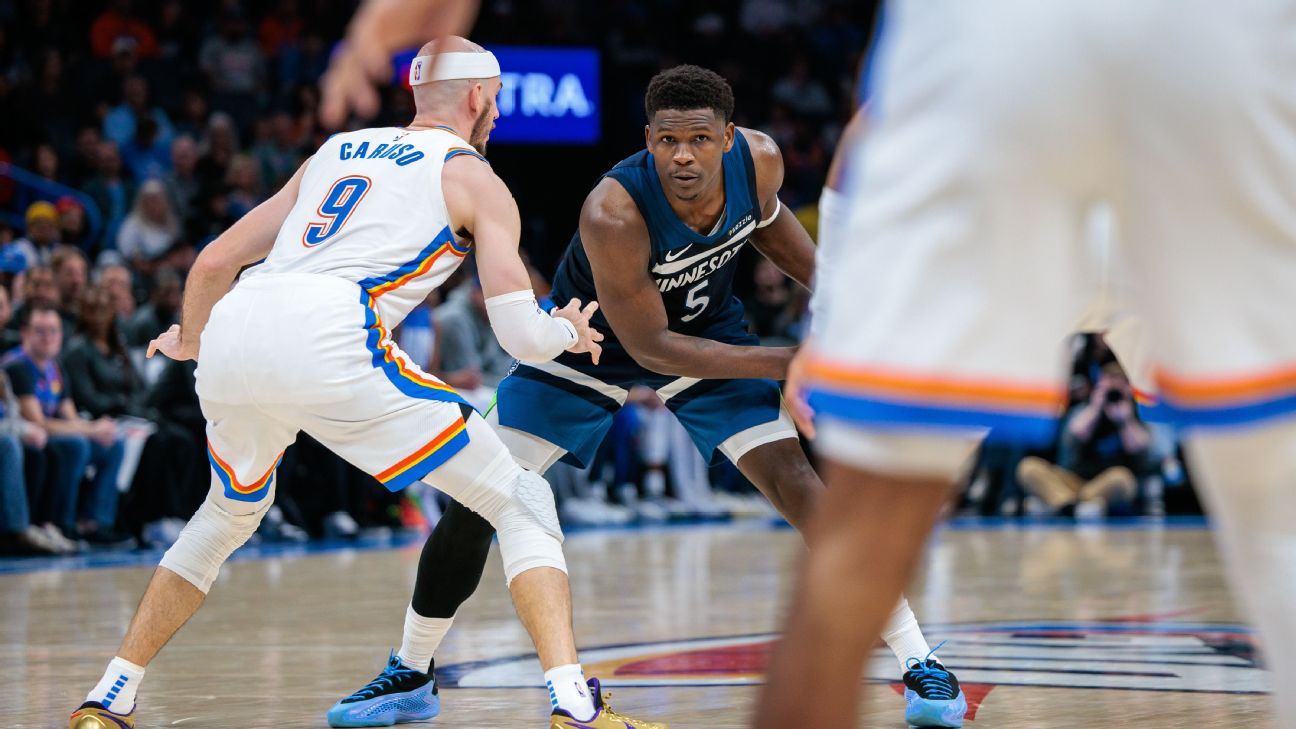
Building a Champion: NBA Roster Construction Lessons
The NBA's transactional landscape constantly evolves, and the 2024-25 season has offered masterclasses in both successful and questionable team-building strategies. As contenders prepare for the playoffs and rebuilding teams eye the offseason, these eight lessons stand out:
1. ❗️ Never Surprise Trade a Franchise Cornerstone
The Dallas Mavericks' sudden trade of Luka Dončić serves as the ultimate cautionary tale. The move not only provoked fan outrage but left the franchise scrambling to replace irreplaceable production. Dallas's subsequent struggles (barely clinging to play-in contention) demonstrate the catastrophic impact of dealing a 25-year-old MVP candidate without adequate planning.
2. ⚔️ Weaponize Spacing for Young Stars
Detroit's transformation proves how environment shapes development. Cade Cunningham's leap to stardom coincides perfectly with the Pistons' offseason emphasis on 3-point shooting. Malik Beasley's league-leading 292 threes (with 75 assisted by Cunningham) showcase the symbiotic relationship between creators and spacers. Orlando Magic executives should take notes - Paolo Banchero and Franz Wagner desperately need similar support.
3. ⛔️ The 30+ Free Agent Trap
Last summer's spending spree on veteran free agents produced mixed results at best. Paul George (34), Klay Thompson (34), and Kentavious Caldwell-Pope (31) all underperformed relative to their contracts. Isaiah Hartenstein (26) stands out as the only major signing who delivered both production and team success. Front offices might reconsider substantial long-term commitments to players exiting their athletic primes.
4. ♻️ Financial Prudence vs. Championship Windows
Minnesota's controversial Karl-Anthony Towns trade prioritized finances over contention. The Wolves sacrificed an All-NBA talent to avoid luxury tax ramifications - and their plummet in the standings speaks volumes. Contrast this with Oklahoma City's approach: investing in a proven winner despite cost concerns. Championship opportunities are fleeting; penny-pinching rarely builds banners.
5. ✨ Not All Star Conflicts Need Divorces
The Cavaliers' handling of the Donovan Mitchell/Darius Garland dynamic offers a blueprint. By maintaining patience through rumored tensions, Cleveland now boasts one of the league's most potent backcourts. Some situations do require separation (like Miami with Jimmy Butler), but not every discontented star demands immediate trade machinery.
6. ⚖️ The Middle-Class Contract Advantage
Golden State's roster construction highlights the value of mid-tier salaries ($8-15M range). These contracts provide both on-court production and crucial trade flexibility - evidenced by the Warriors' ability to aggregate pieces for Jimmy Butler while Phoenix's top-heavy structure left them handcuffed. In the new CBA era, salary pyramids beat binary star/scrub approaches.
7. ❌ The Perils of Overpaying for Role Players
New York's Mikal Bridges acquisition demonstrates the danger of superstar prices for non-star returns. Five first-round picks for a high-level role player (never an All-Star) has left the Knicks light on future assets while failing to meaningfully elevate their ceiling. Elite role players complete contenders; they rarely transform good teams into great ones.
8. ✅ Double Down on Strengths
Oklahoma City's offseason exemplifies proactive roster building. Already possessing the West's best record, they augmented their elite defense by adding Alex Caruso (NBA's top perimeter defender) and Isaiah Hartenstein (elite rim protector). The Thunder's historic point differential proves that reinforcing core competencies can yield exponential returns.
The Thunder Blueprint
Oklahoma City's blend of financial commitment, targeted roster improvements, and patience with young talent provides the season's clearest template. As the playoffs approach, their 8-2 record against Boston, Denver, and Milwaukee suggests this strategy translates against elite competition. Meanwhile, teams like Minnesota and Phoenix serve as reminders that hesitation and half-measures often prove costliest in the championship chase.












